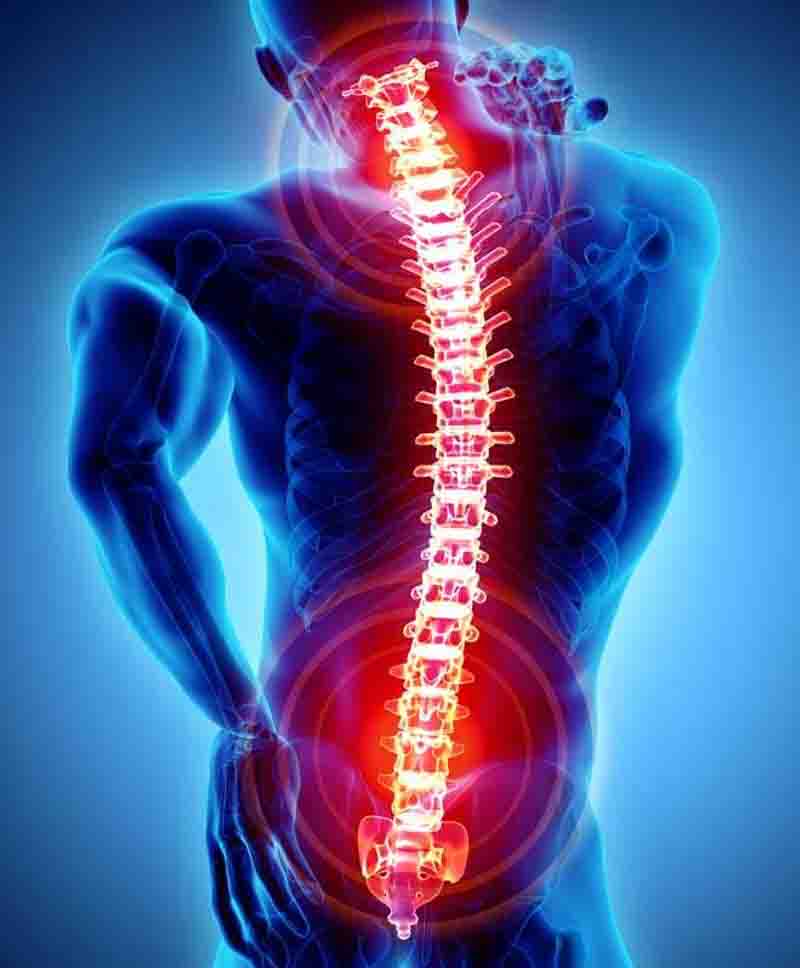Punjab: Cervical spondylitis, a condition that primarily affects the neck and upper spine, was earlier seen mostly in older people. However, it is now being increasingly diagnosed in younger individuals, including school and college students. Dr Sanjay Narad, a leading orthopaedic specialist in Hoshiarpur, has observed a rising number of young patients suffering from the condition, which he considers a very worrying trend that reflects the detrimental impact of modern lifestyle habits on the health of the youth. Speaking to The Tribune, Dr Narad said the rising cases of cervical spondylitis among the youth is worrisome. Although it is a degenerative condition and cannot be cured completely, it can be effectively managed and prevented with timely awareness and healthy lifestyle practices. He emphasised that with the right habits, young individuals can maintain good neck and spine health and lead an active, pain-free life. Dr Narad explained that excessive and improper use of mobile phones and laptops is one of the major reasons for the rise in cervical spondylitis cases among the youth.
He said many people spend long hours staring at screens, putting constant strain on the neck. This condition, now widely known as “text neck”, is caused by poor posture while staring at screens for long periods of time and, over time, can damage the cervical spine, leading to pain and stiffness. Another major reason was the growing popularity of workout routines among young people, often without proper supervision or understanding of correct posture. Wrong exercise techniques, lifting heavy weights without guidance and neglecting warm-ups often damage the neck and back muscles, either triggering or worsening cervical problems. Also, today’s inactive lifestyle also adds to the problem, with long hours of sitting while studying, watching TV or using a mobile device without adequate physical activity significantly affecting spinal health.
Dr Narad said, “There are several symptoms to look out for. Common symptoms include pain and stiffness in the neck, headaches in the lower part of the scalp, numbness or tingling in the hands, pain radiating to the shoulders or arms, as well as symptoms such as dizziness, vertigo or loss of balance. If any of these symptoms occur regularly, it is important to consult a doctor immediately, as ignoring them can worsen the condition over time.” Discussing treatment and management, Dr Narad clarified that although cervical spondylitis cannot be completely cured due to its degenerative nature, it can be well managed with proper lifestyle changes, medical care and physiotherapy, especially when identified early. He added that exercise plays a vital role in prevention and management. Regular stretching of the neck and shoulders, strengthening the back muscles and correcting posture can make a lot of difference. He also mentioned the benefits of yoga, which improves flexibility and relieves neck tension. Dr Narada advised against engaging in high-intensity workouts without warming up and urged the youth to seek professional guidance while exercising.
